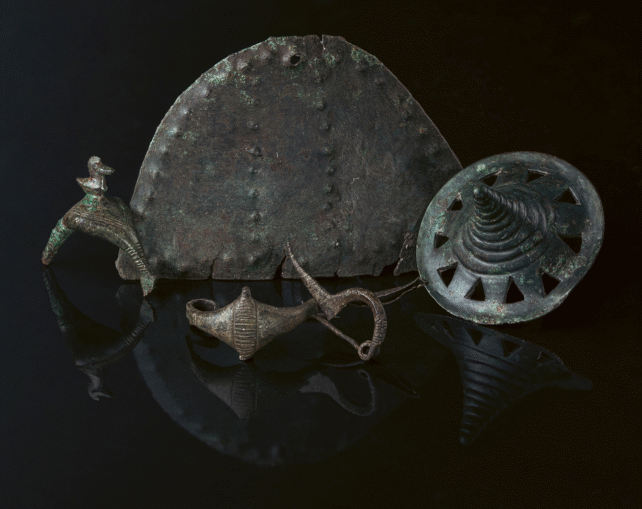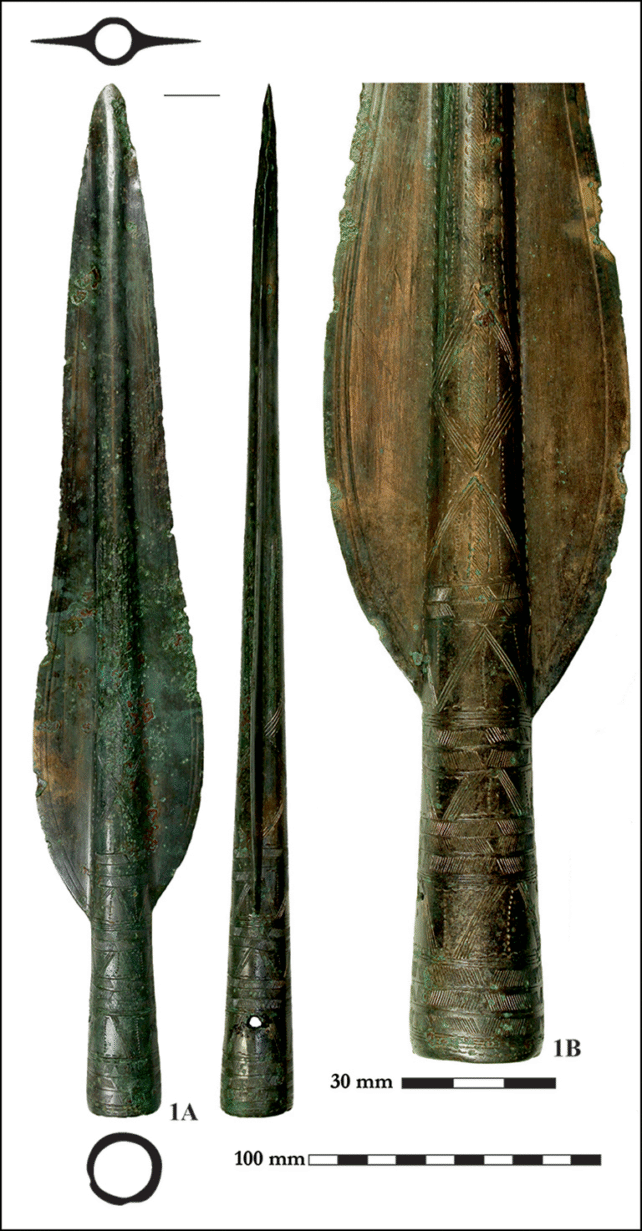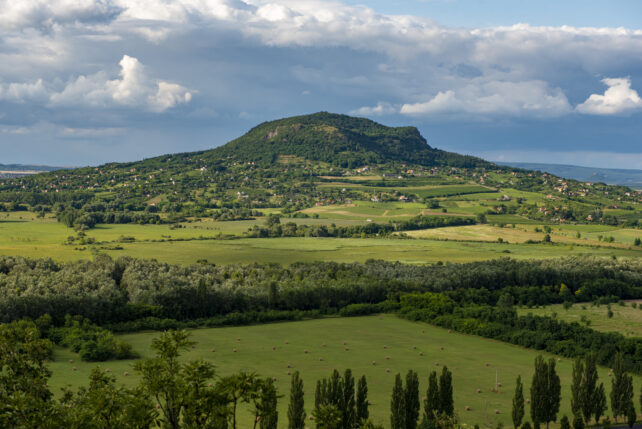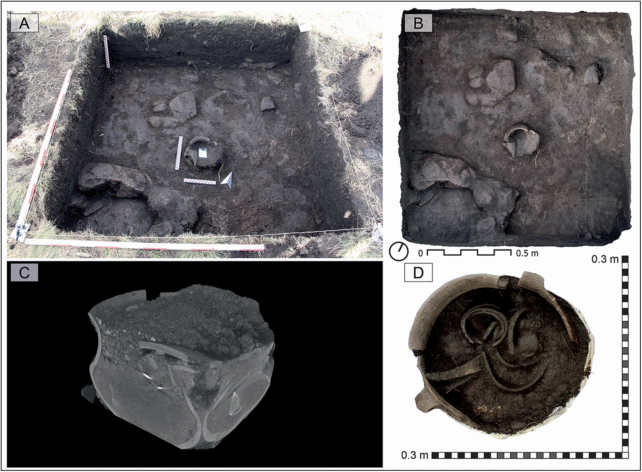Archaeologists have discovered a hilltop in western Hungary that contains a vast hoard of ancient treasure dating back more than 3,000 years.
The volcanic butte and its buried riches aren't protected by a fire-breathing dragon, but the discovery does feel like a story straight out of mythology.
In the very first year of surveys, researchers uncovered more than 300 buried artifacts on the hill, including a whole bunch of bronze items found with metal-detectors.
Most of the metal discoveries date from the Late Bronze Age, between 1400 and 900 BCE, but the site also contains one of the largest collections of Early Iron Age metal from hilltops in the region, between 800 and 450 BCE.

Based on what researchers in Hungary have found, including stacks of bronze lumps, droplets, casting jets, and fragmented ingots, they suspect this hill once hosted multiple bronze-working workshops.
It seems to have been an important site for the Hallstatt culture – a farming society that advanced metal work in Central and Western Europe in the Bronze and Iron Ages.
Many Hallstatt artifacts that scientists have already unearthed are scattered across landscapes, mostly in what is now Germany and Austria.
To find a hoard of Hallstatt metal work in Hungary is exciting stuff for archaeologists, and it could clear up the timeline and geological distribution of this once dominant human culture.
"Occupation on the hilltop seems to have been uninterrupted during the transition into the Early Iron Age," writes the team of researchers, led by archaeologist Bence Soós from the Hungarian National Museum Public Collection Centre.
"The unearthed hoards testify to an intentional and complex hoarding tradition on Somló Hill."

Somló Hill looks like a big old bump among the northwest vineyards of Hungary's Veszprém county.
Standing 431 meters (1,414 feet) high, the plateau looms over the local, low-lying wine region, and the hilltop has remained untouched by modern quarrying activity, making it the perfect spot for archaeological inquiry.

Some historical records from the late 19th century suggest that other ancient artifacts were found at the base of the hill and nearby areas, but details on these discoveries are scarce.
In early 2023, Hungary's National Institute of Archaeology launched a new research project on Somló to better understand the ancient humans who once called this region home.
Extensive surveys on the hill, combined with laser mapping in 2024, have now shed some light on that long-lost society.
Of the six new hoards of treasure on the hill, the one in the image below was found in the area with the highest density of metal items.

Further research is needed to figure out why so many metals were buried here, whether it be for mundane or ritualistic purposes. Some of the items were buried within ceramic pots, which haven't been found before from this time period.
Scientists didn't just find metal artifacts, like spearheads, buried on the hill; they also found amber beads, tusks from boars and domestic pigs, and fabric and leather components.
Some sediment samples taken from the hill also indicate the presence of small-seeded lentils and remnants of crop cereals, like millet. These are key subsistence features of the Bronze and Iron Ages.
A few of the materials uncovered at Somló are suitable for radiocarbon dating, which the team hopes to conduct soon. It's rare that Hallstatt discoveries offer up such useful forms of dating. Timelines often have to be inferred based on the context of ancient technology and sediment layers.
"This hoard, therefore, could provide clearer chronological understanding of the transitional period between the Late Bronze Age and the Early Iron Age at the site," concludes the team.
The study was published in Antiquity.
